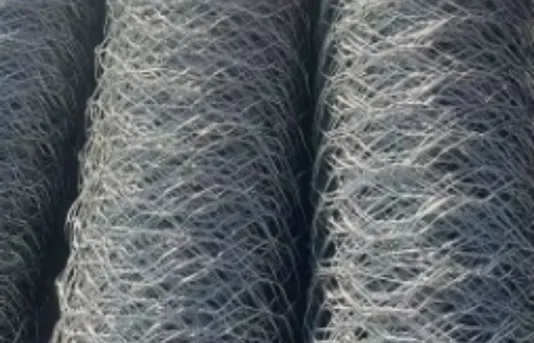-
 Phone:
Phone: -
 Email:
Email:

gravel netting
Understanding Gravel Netting A Sustainable Solution in Erosion Control
In recent years, environmental sustainability has become a focal point in construction and landscaping, leading to the adoption of innovative solutions that aid in combating erosion. One such solution is gravel netting, a technique that offers both functional benefits and ecological advantages. This article explores the concept of gravel netting, its applications, and the benefits it provides.
Gravel netting refers to a landscaping and erosion control practice that utilizes a grid or mesh system to hold gravel in place. The primary purpose of gravel netting is to prevent the movement and displacement of gravel in areas susceptible to erosion, particularly on slopes, embankments, and walkways. By securing the gravel, the netting not only maintains the integrity of the surface but also enhances its aesthetic appeal.
The structure of gravel netting generally consists of durable plastic or biodegradable materials, allowing it to be both robust and environmentally friendly. The mesh configuration allows for water drainage and the natural growth of vegetation, which is crucial for maintaining soil stability. This unique design makes gravel netting an ideal solution for various outdoor applications, including landscaping, road construction, and stormwater management.
One of the key advantages of using gravel netting is its effectiveness in controlling erosion
. When rainwater or runoff occurs, it can easily displace loose gravel, leading to the degradation of the landscape and potentially causing serious environmental harm. The netting acts as a barrier, keeping the gravel in place, thereby reducing soil erosion and minimizing sediment runoff into nearby water bodies. This is especially important in areas prone to heavy rainfall or where the topography is steep.gravel netting

Additionally, gravel netting promotes the health of local ecosystems. The open structure of the netting allows for seed germination and plant growth, contributing to the establishment of a robust vegetation cover. Plants play a vital role in anchoring the soil, further mitigating erosion and enhancing the habitat for local wildlife. Thus, gravel netting serves a dual purpose it not only keeps the landscape intact but also fosters biodiversity.
Moreover, gravel netting can be economically beneficial. By reducing erosion, it minimizes the need for costly repairs and replanting efforts. Companies and municipalities can save significant resources in the long run by investing in a reliable and effective erosion control system. Furthermore, the lightweight design of gravel netting simplifies installation and reduces labor costs, making it a practical choice for various projects.
Despite its numerous benefits, it is essential to ensure that gravel netting is appropriately selected and installed. Factors such as soil type, slope degree, and the specific environmental conditions must be considered to maximize the effectiveness of the system. Consulting with experts or utilizing professional services can help in designing an erosion control plan that incorporates gravel netting effectively.
In conclusion, gravel netting is a vital tool in the pursuit of sustainable landscaping and erosion control. Its ability to prevent soil loss, promote vegetation, and provide economic savings makes it a valuable asset for both residential and commercial projects. As we continue to face the challenges of climate change and environmental degradation, adopting measures like gravel netting can help us maintain our landscapes while preserving the health of our ecosystems. By integrating such solutions into our practices, we can work toward a more sustainable future, ensuring that our environments remain beautiful and functional for generations to come.
-
Wire Mesh for Every Need: A Practical SolutionNewsJul.25,2025
-
Steel Fences: Durable, Secure, and Stylish OptionsNewsJul.25,2025
-
Roll Top Fencing: A Smart Solution for Safety and SecurityNewsJul.25,2025
-
Cattle Farm Fencing Solutions for Maximum SecurityNewsJul.25,2025
-
Affordable Iron Binding Wire SolutionsNewsJul.25,2025
-
Affordable Galvanized Wire SolutionsNewsJul.25,2025
-
Wire Hanger Recycling IdeasNewsJul.25,2025








